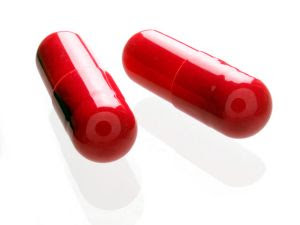Genital warts are warts that are located close to or in the genital areas. Genital warts are soft wart-like growths on the genitals caused by a viral skin disease. Similar to warts that appear on other areas of your skin, genital warts are caused by a virus ” HPV ” that infects the uppermost layers of your skin. Genital warts are highly contagious and also roughly 85% to blame for all cases of cervical cancers and other health problems. Genital warts are quite common. Genital warts are mainly transmitted through sexual contact. Up to one million cases of genital warts are diagnosed each year. Various other infections that appear like genital warts are dealt with in a different way.
In-depth information regarding the causes of Genital warts including medication causes and drug interaction causes can be found in the website listed below. Treatment of warts causes possible vaginitis, a possible negative side effect of cone biopsy. The virus that causes genital warts is readily passed from one human to another through sexual contact. In fact, there are more than 19 million Americans with the virus that causes genital warts. The virus causes fleshy growths in areas around the sex organs. You do not need to actually have sex or swap bodily fluids to contract the virus that causes genital warts (HPV).
Types 6 and 11 are low risk HPV types, associated with 80 percent of genital warts. Update - July 2006: The vaccine Gardacil® guards against four HPV types. There are greater than 100 different types of HPV, but only a few can cause genital warts. Researchers have labeled the HPV strains as being at high or low risk for causing cervical cancer.
There are a few treatment options for HPV but there is no cure. Podofilox cream or gel (Condylox): A self-applied treatment that destroys the tissue of external genital warts. Interferon alpha, a substance that stimulates the body's immune response, is also used in the treatment of genital warts. Lomatrex is another recommended treatment for taking care of vaginal warts. Treatment can be uncomfortable but should not be too painful. At this time, there is no treatment for HPV, but there are treatments to get rid of genital warts. Treatment for genital warts does not get rid of the HPV infection.
Genital warts are extremely contagious and also roughly 85% responsible for all cases of cervical cancers and other health problems. Genital warts are spread by direct skin-to-skin contact with warts or an infected area during vaginal or anal sex. Genital warts are normally first diagnosed by inspection of the genital area. Genital warts are one of the most common sexually transmitted infections. If genital warts remain untreated, they have been known to vanish on their own within a six month timeframe. Genital warts are extremely common and do apply to both sexes.
James Hunaban is the owner of http://genital-warts.health-info4u.com/ - a site dedicated to Genital Warts . Go there now and read some interesting articles.
Article Source: http://www.articlealley.com/article_98026_17.html
















